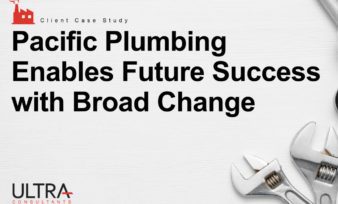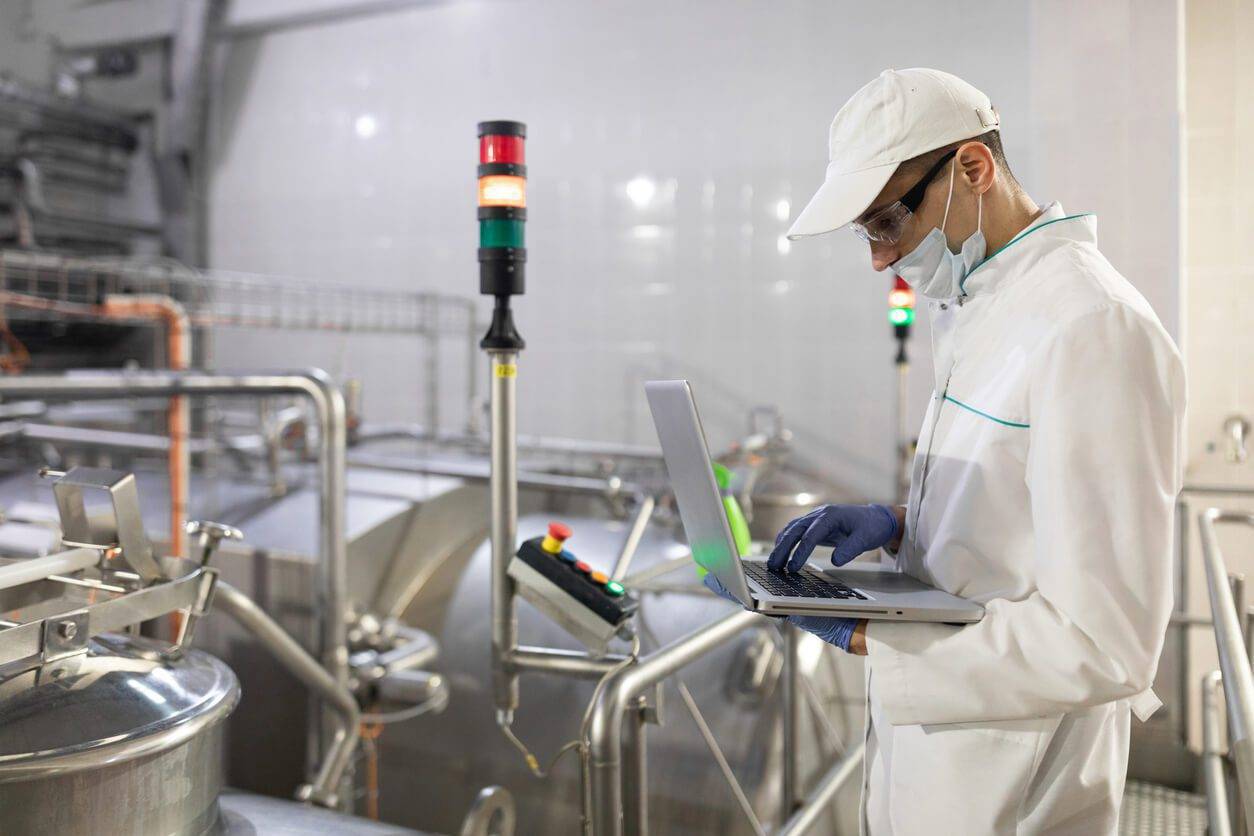
Know and Avoid ‘The 7 Deadly Sins of ERP Implementation’
A modern ERP solution can supercharge your organization. But its implementation is one of the most complex and high-risk projects your organization will ever undertake. And it is extremely easy to make mistakes.





